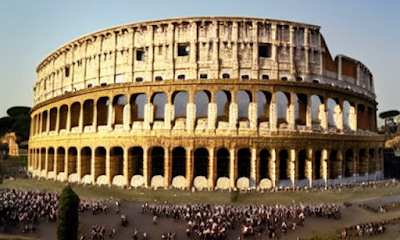Comparing ancient Rome democracy to modern democracies

Comparing ancient Rome's democracy to modern democracies - Democracy is a form of government that has been in existence since ancient times, and Rome was one of the first known civilizations to implement it. Rome's democratic system was a unique blend of various elements, including direct democracy, representative democracy, and an intricate system of checks and balances. In this article, we will compare and contrast the democracy of ancient Rome with today's democracies. Democracy in Ancient Rome The Roman Republic was a complex system of government that lasted for nearly five centuries. The Roman people elected their leaders through various democratic procedures, such as the comitia centuriata and the comitia tributa. The comitia centuriata was responsible for electing the consuls and passing laws, while the comitia tributa was responsible for electing the lower magistrates and passing laws that were specific to the plebeians. The Roman Senate was also an essential part...












